Communication Skills for Business
VerifiedAdded on 2023/06/10
|12
|775
|214
AI Summary
This presentation highlights the concepts of communication, models of communication such as Shannon Weaver Model and Berlo's model of communication to describe communication. It covers the models and types of communication, and also illustrates the concept of formal and informal communication.
Contribute Materials
Your contribution can guide someone’s learning journey. Share your
documents today.
1 out of 12
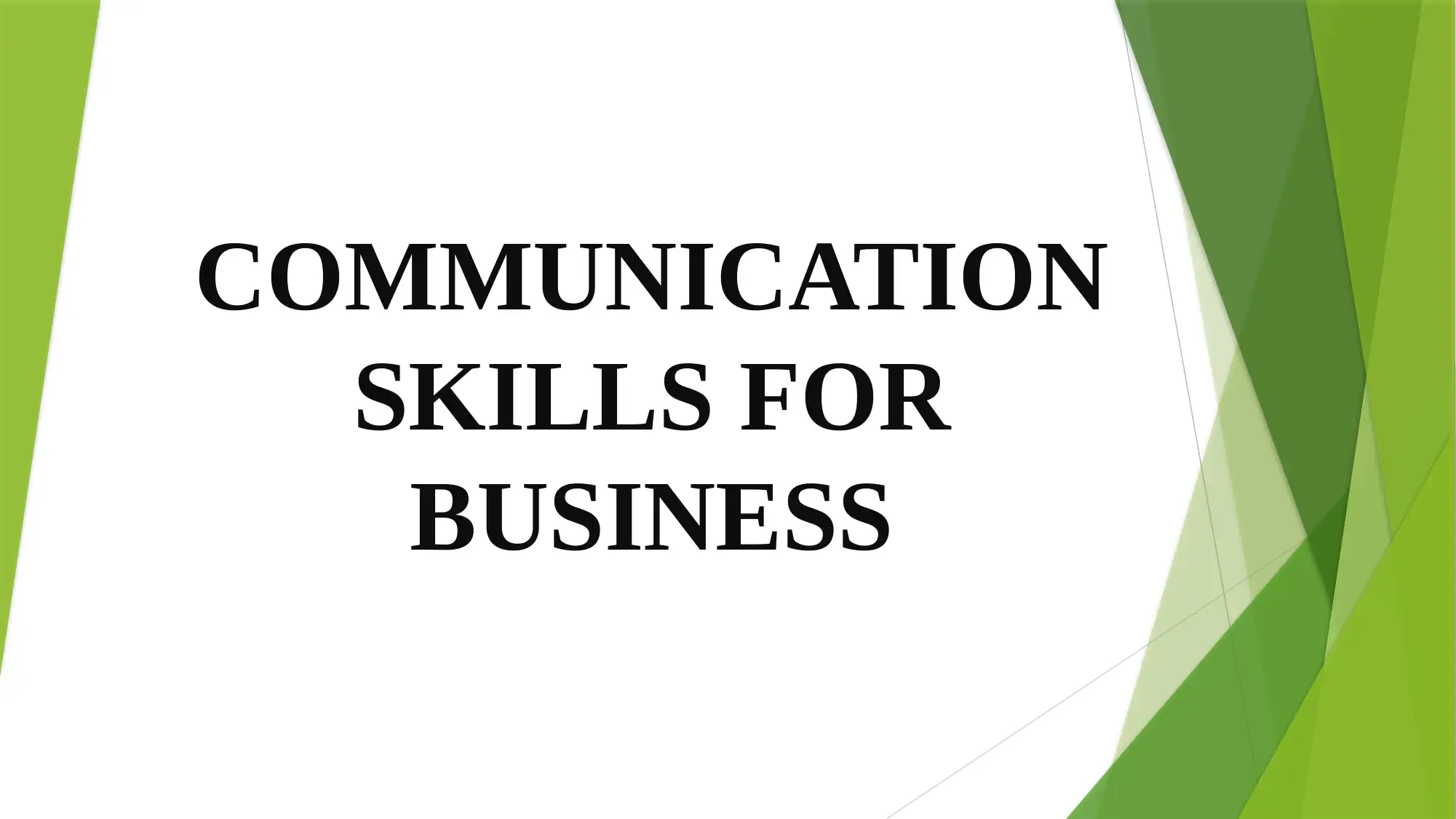
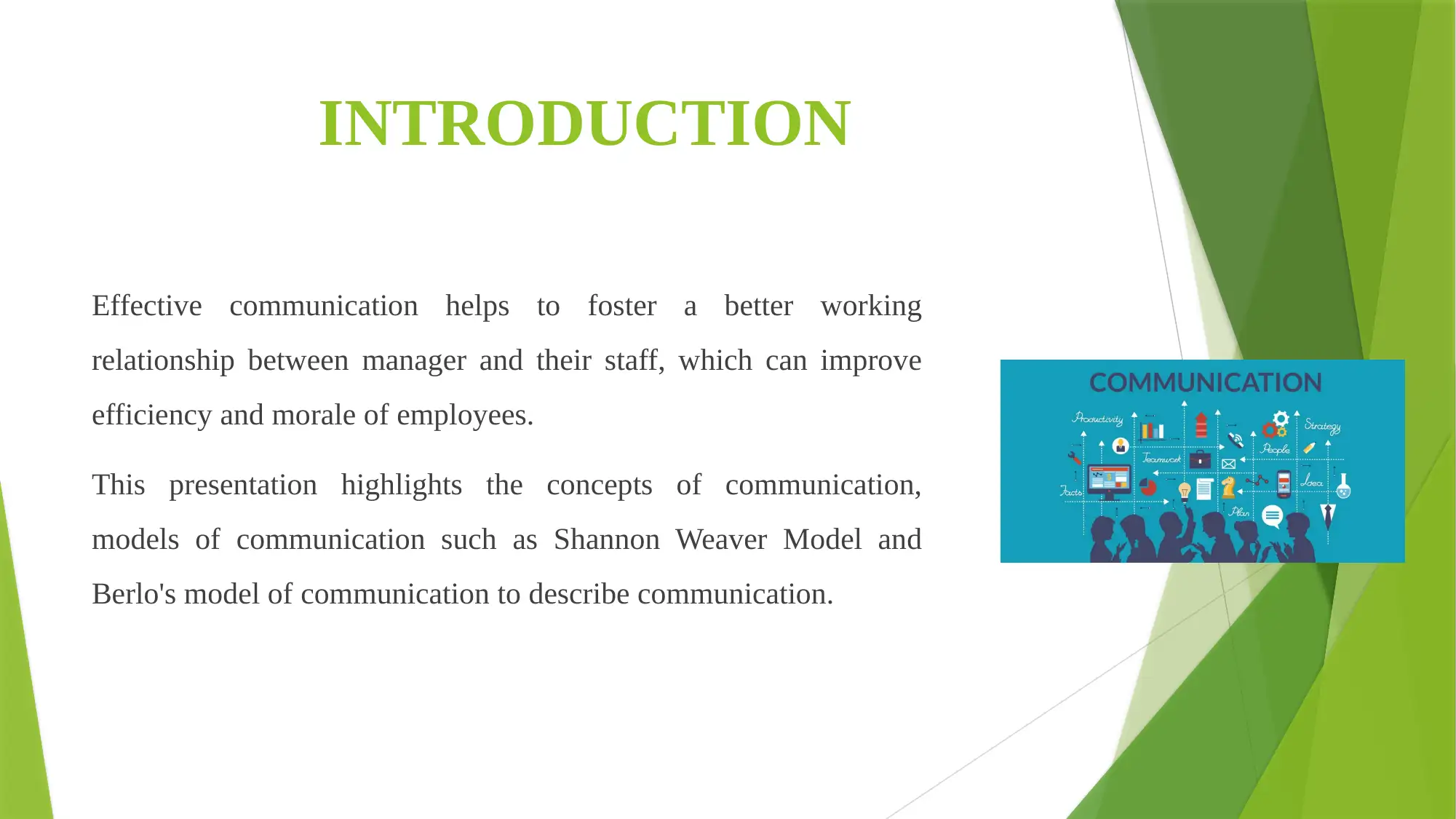
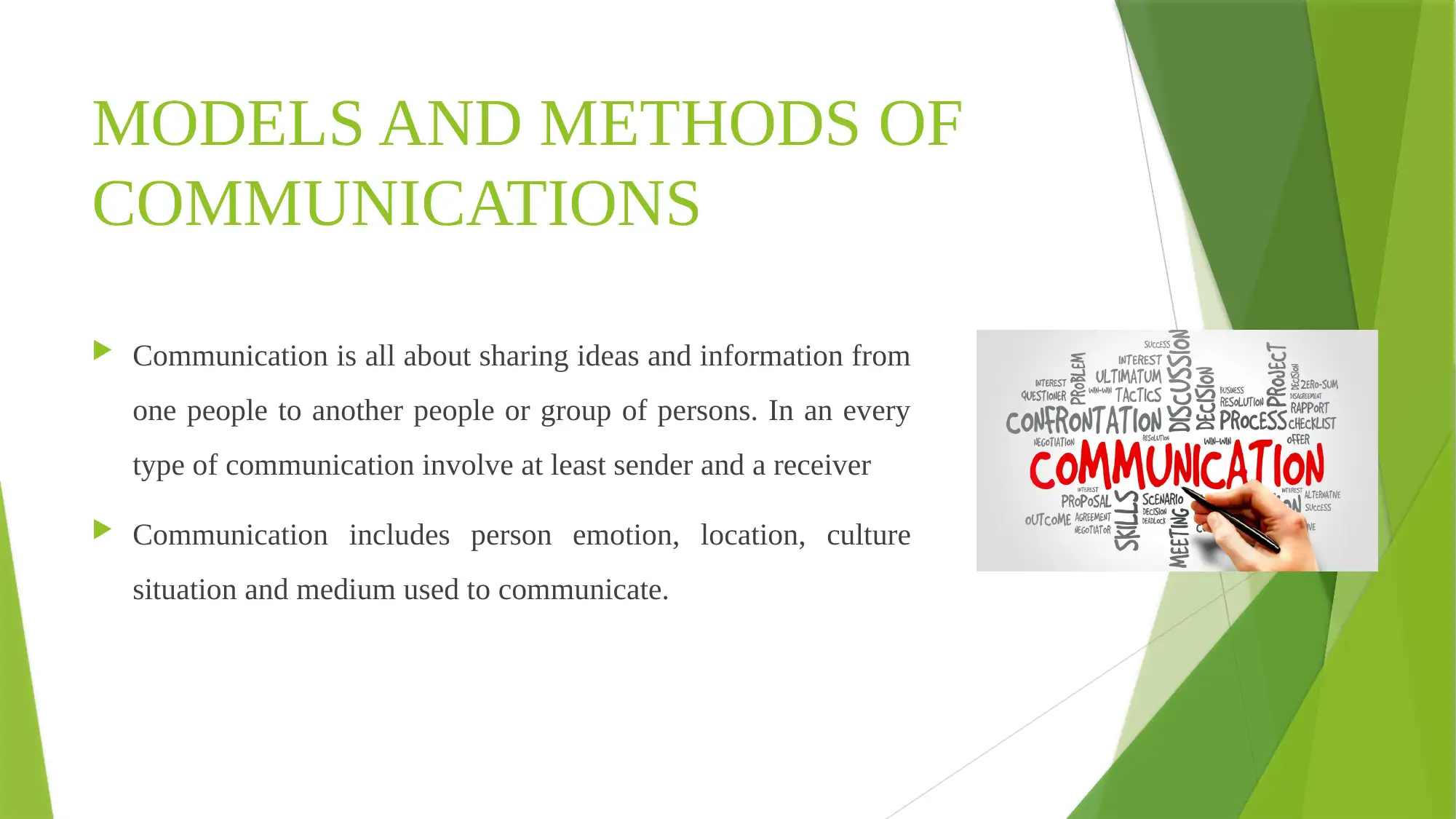
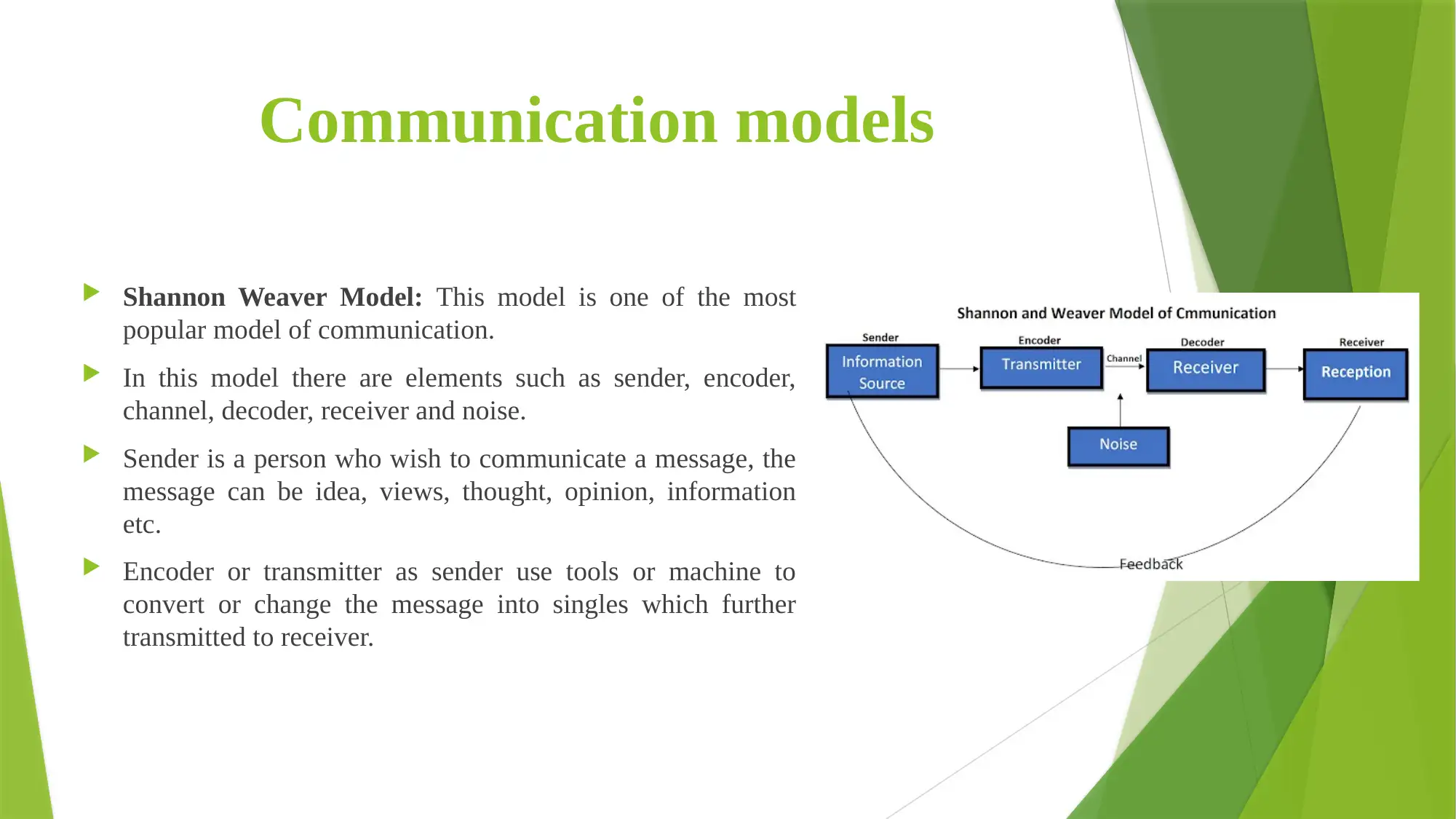
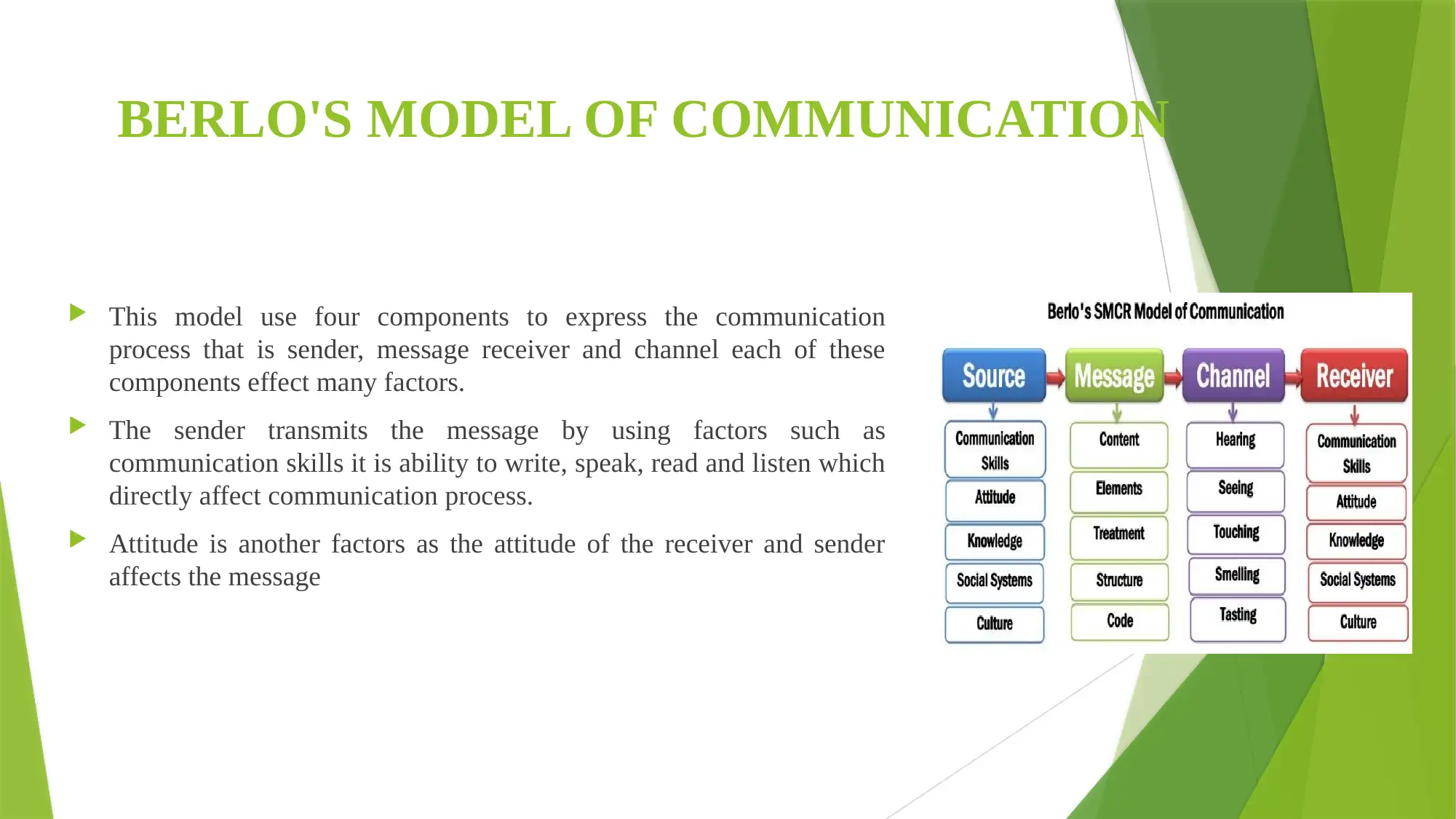

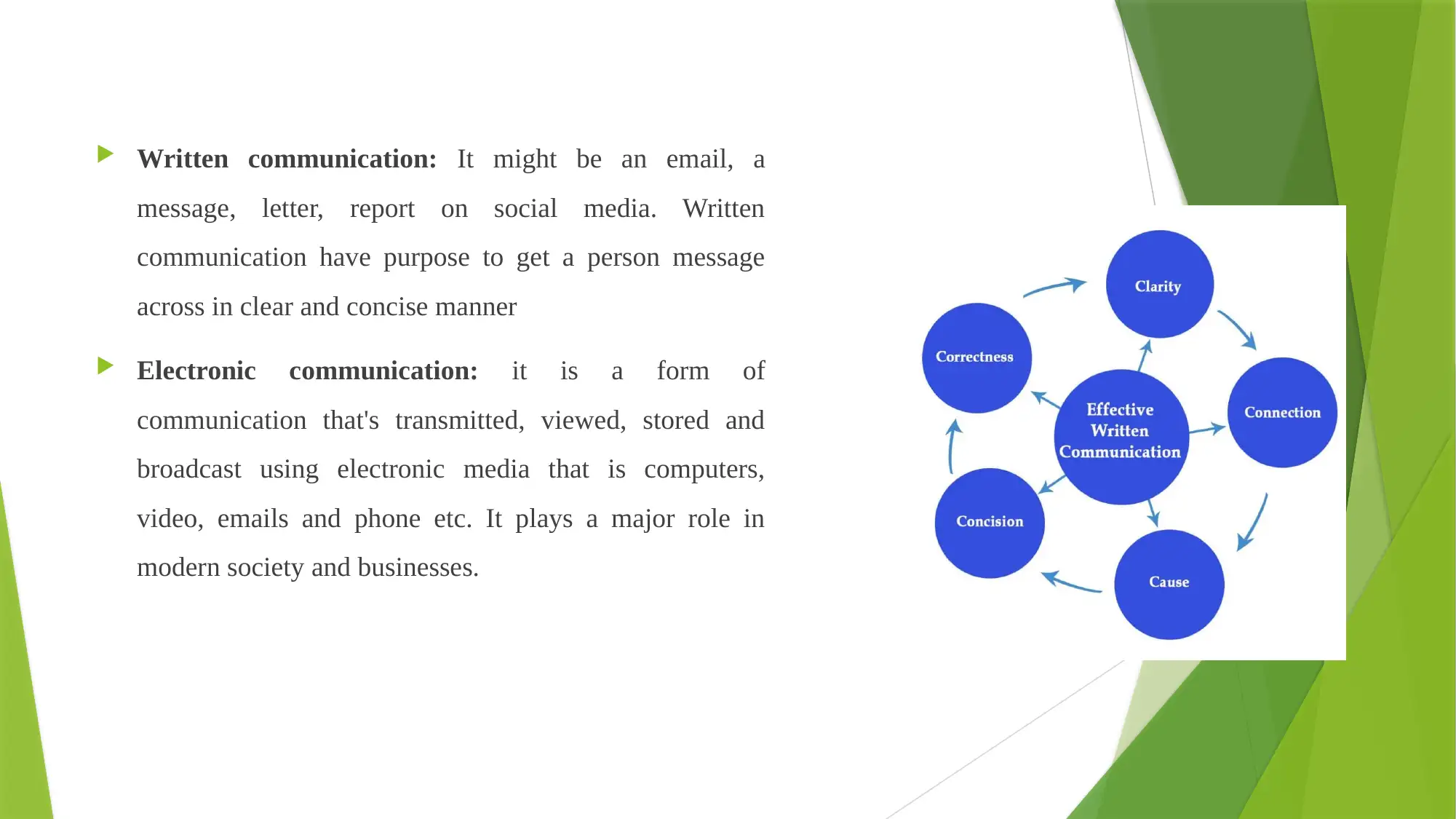
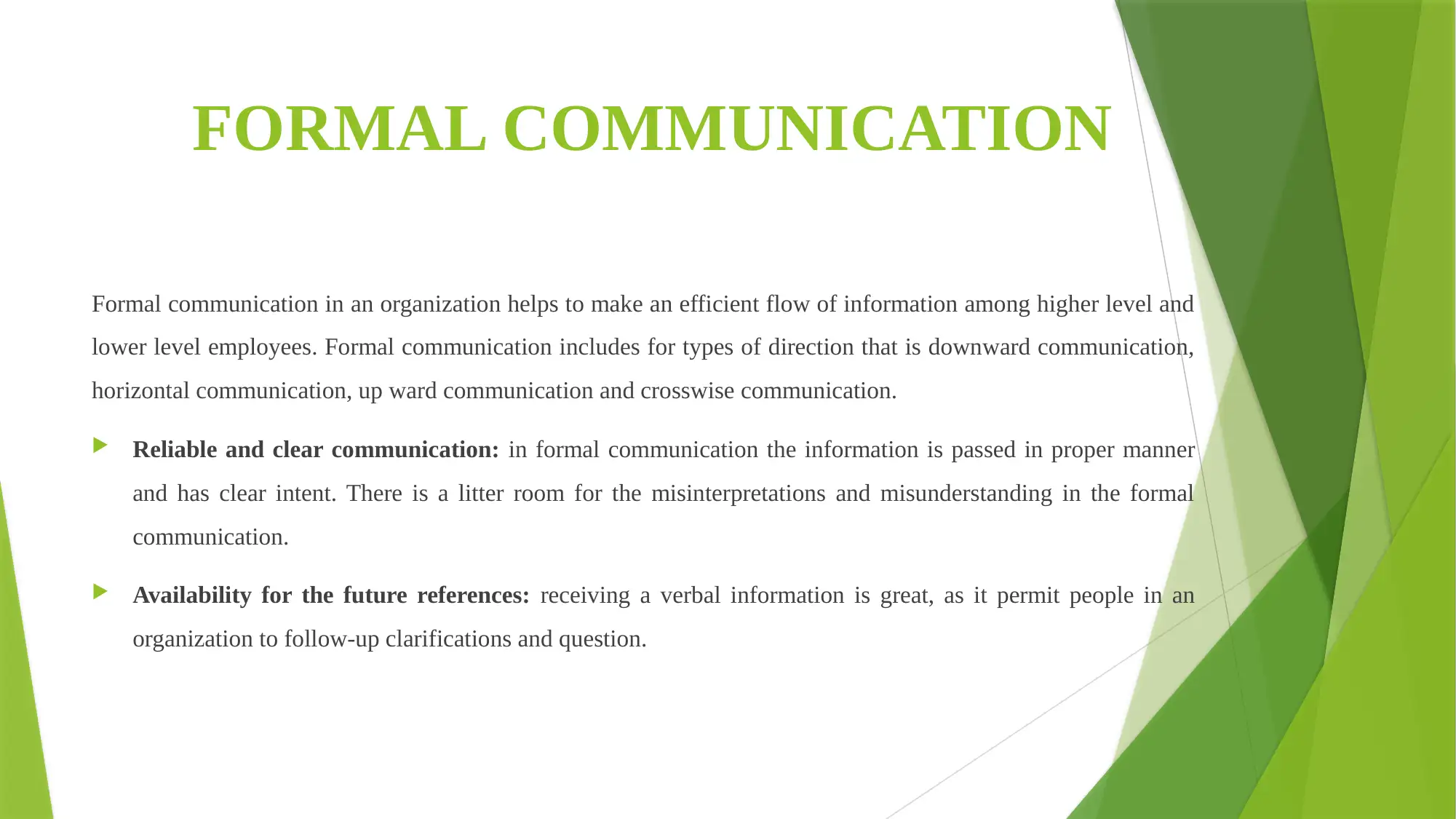
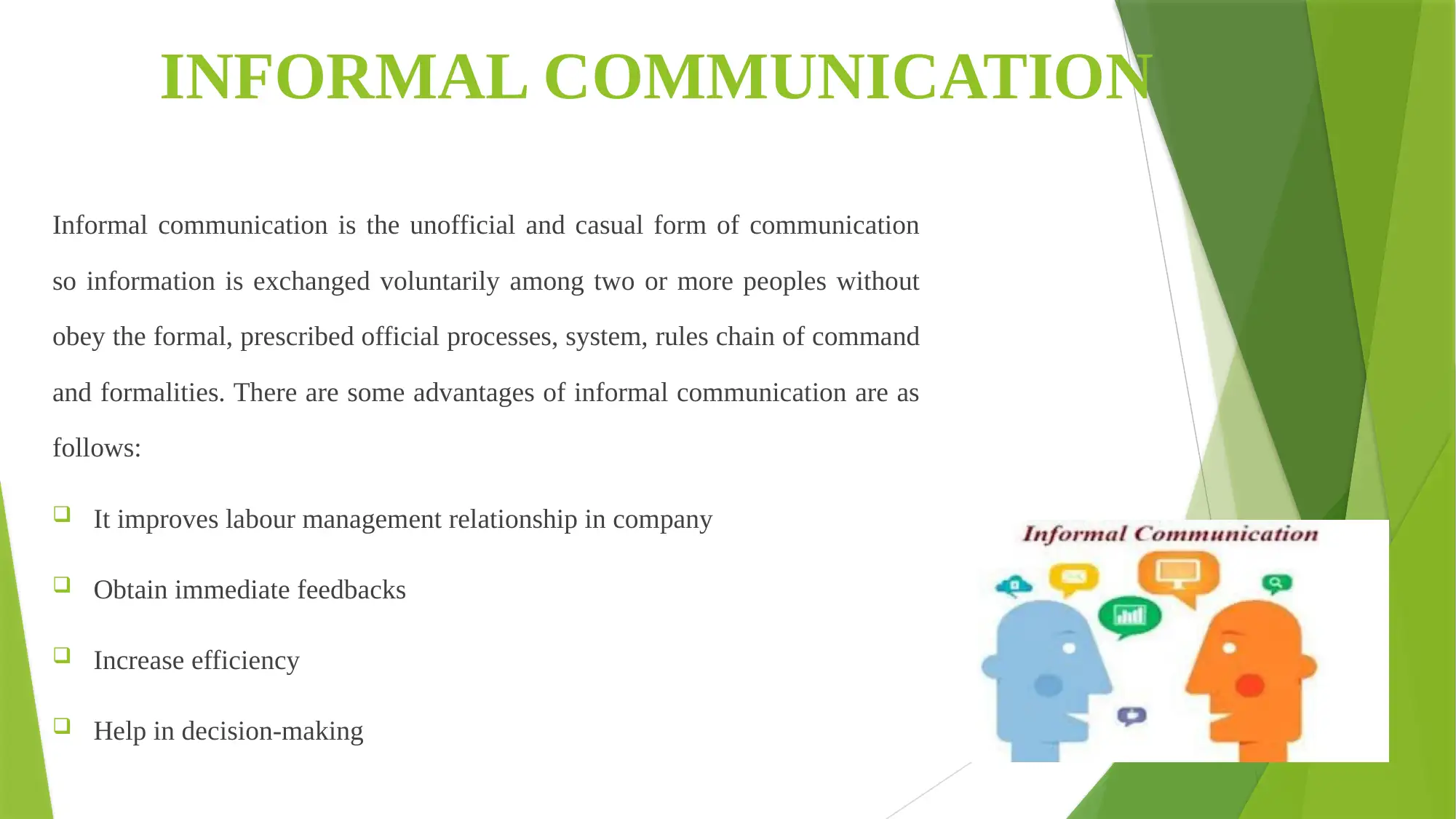
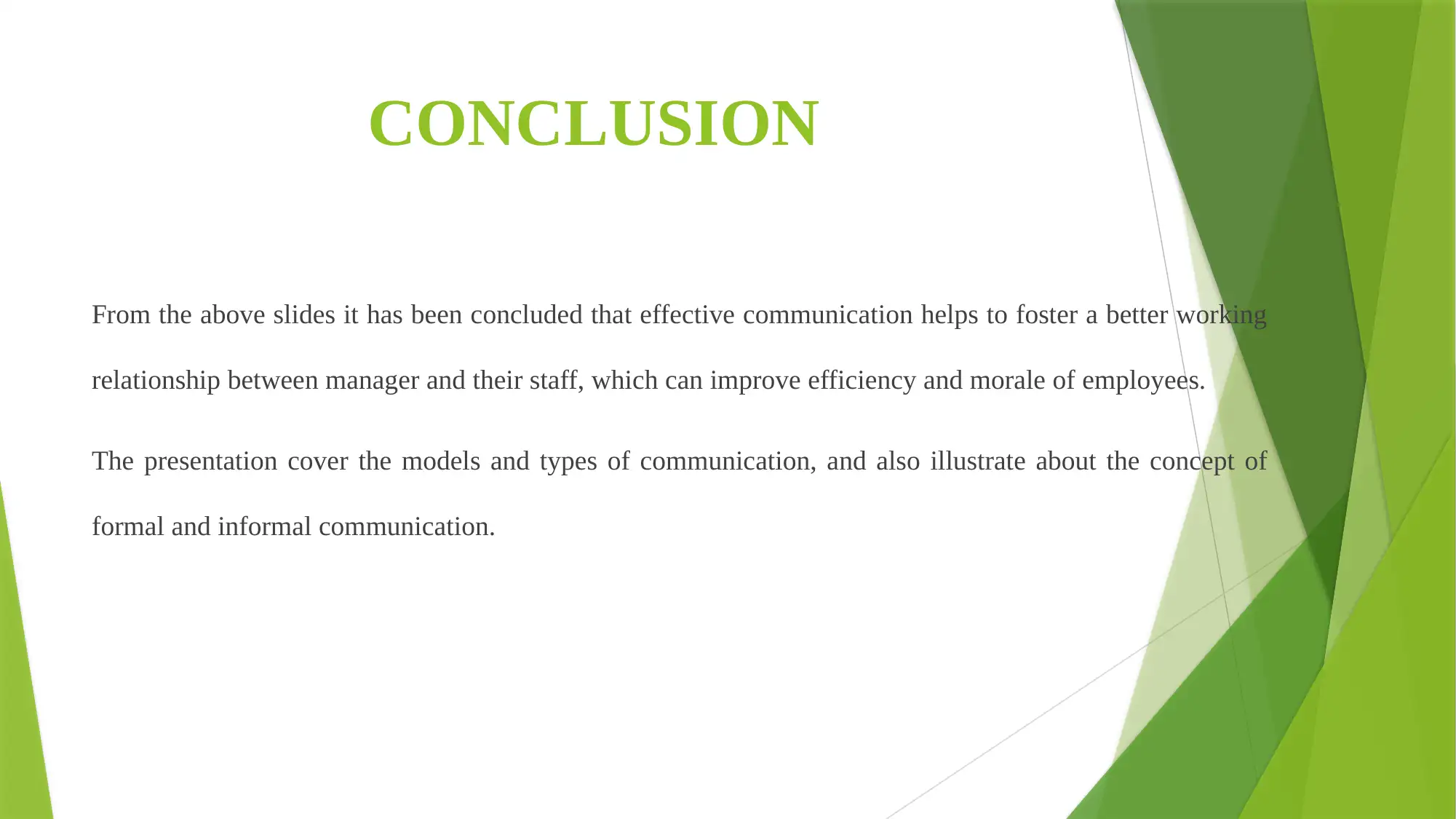
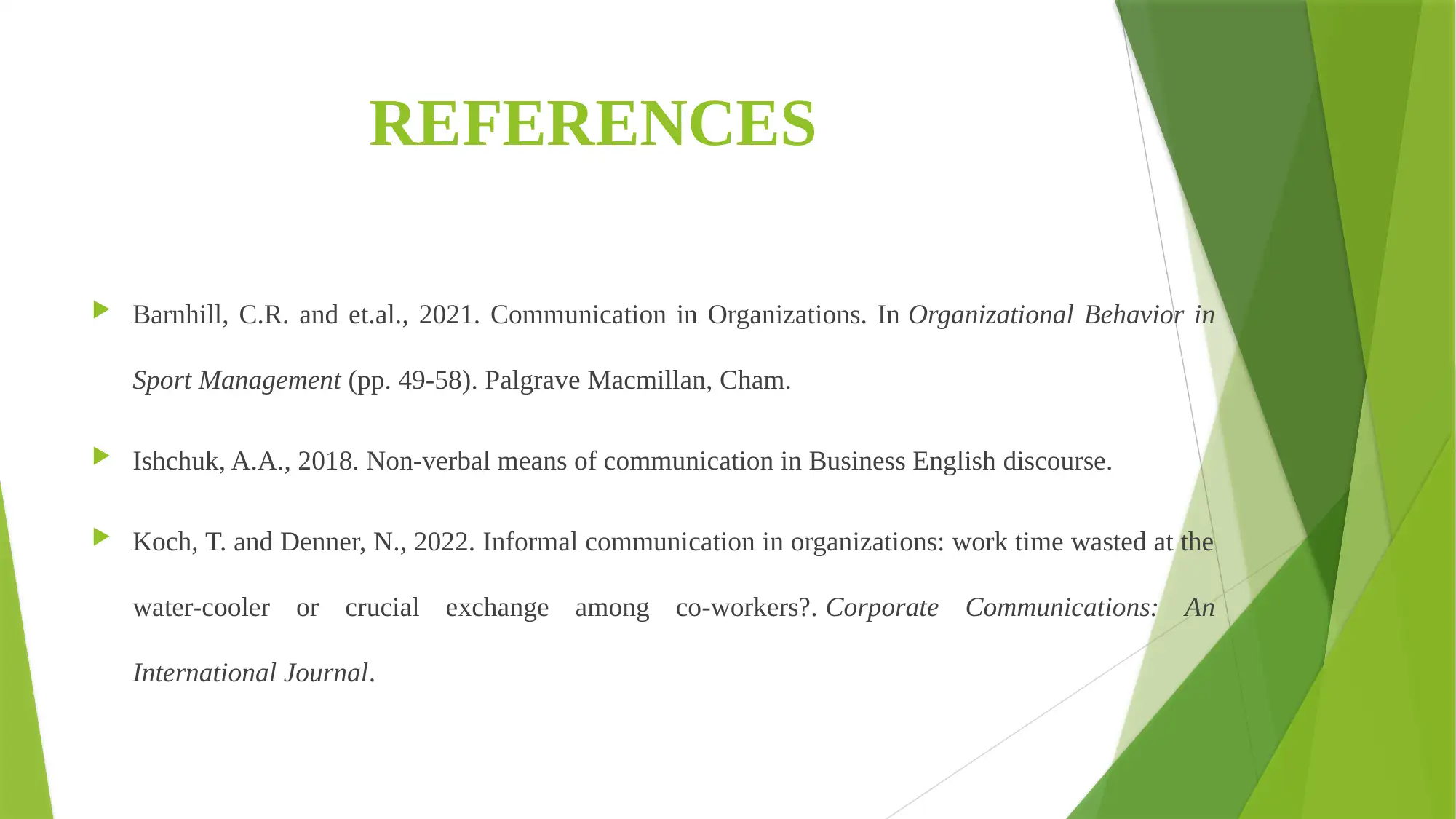







![[object Object]](/_next/static/media/star-bottom.7253800d.svg)